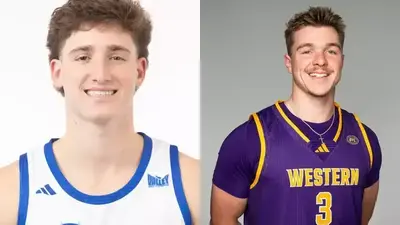Avera Holy Family Hospital recently issued the following announcement.
Whether it’s throwing a baseball, typing at a desk, turning a wrench or jogging the usual route, your regular activities can wear your body down. At first you may ignore the twinge, but a simple ache can grow and grow.
“When you do a movement over and over too frequently, the tissue — the muscle, ligament or cartilage — gets microscopic injuries,” said Brandon Fites, MD, sports medicine and orthopedic surgeon of Avera Orthopedics in Aberdeen.
Your body’s repair mechanism cannot keep up, so the injury builds up and becomes even more symptomatic.
Common symptoms include:
- Pain, described in a variety of unique ways: dull, throbbing, stabbing, etc.
- Weakness that makes it difficult to lift something with your arm or put weight on your leg
- Swelling and/or warmth in the affected area
Types of Overuse or Overtraining Injuries
Examples of overuse or overtraining injuries include:
- Shin splints
- Stress fractures
- Runner’s knee
- Tennis elbow
- Muscle aches
- Tendonitis
- Bursitis
- Synovitis (inflammation of the joints)
Treating the Repetitive Strain Injury
The first step to treating overuse injuries is rest and time.
“Continuing the activity that’s causing or exacerbating your pain will not only cause it to last, but the weakening and swelling could lead to a worse injury,” said Fites.
The best home remedy to try is RICE — Rest, Ice, Compression and Elevation. When this doesn’t work, it’s time to see an expert.
Sports medicine aims to resolve repetitive strain injuries through nonsurgical measures. Your personalized care plan might involve a combination of:
- Physical therapy
- Cortisone shots
- Anti-inflammatory medication, such as over-the-counter ibuprofen or acetaminophen
- Specially prescribed pain medication
You don’t have to live with ongoing pain. Talk to a sports medicine or orthopedic expert near you about pain-relief options.
Original source can be found here.




 Alerts Sign-up
Alerts Sign-up